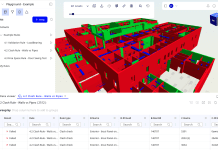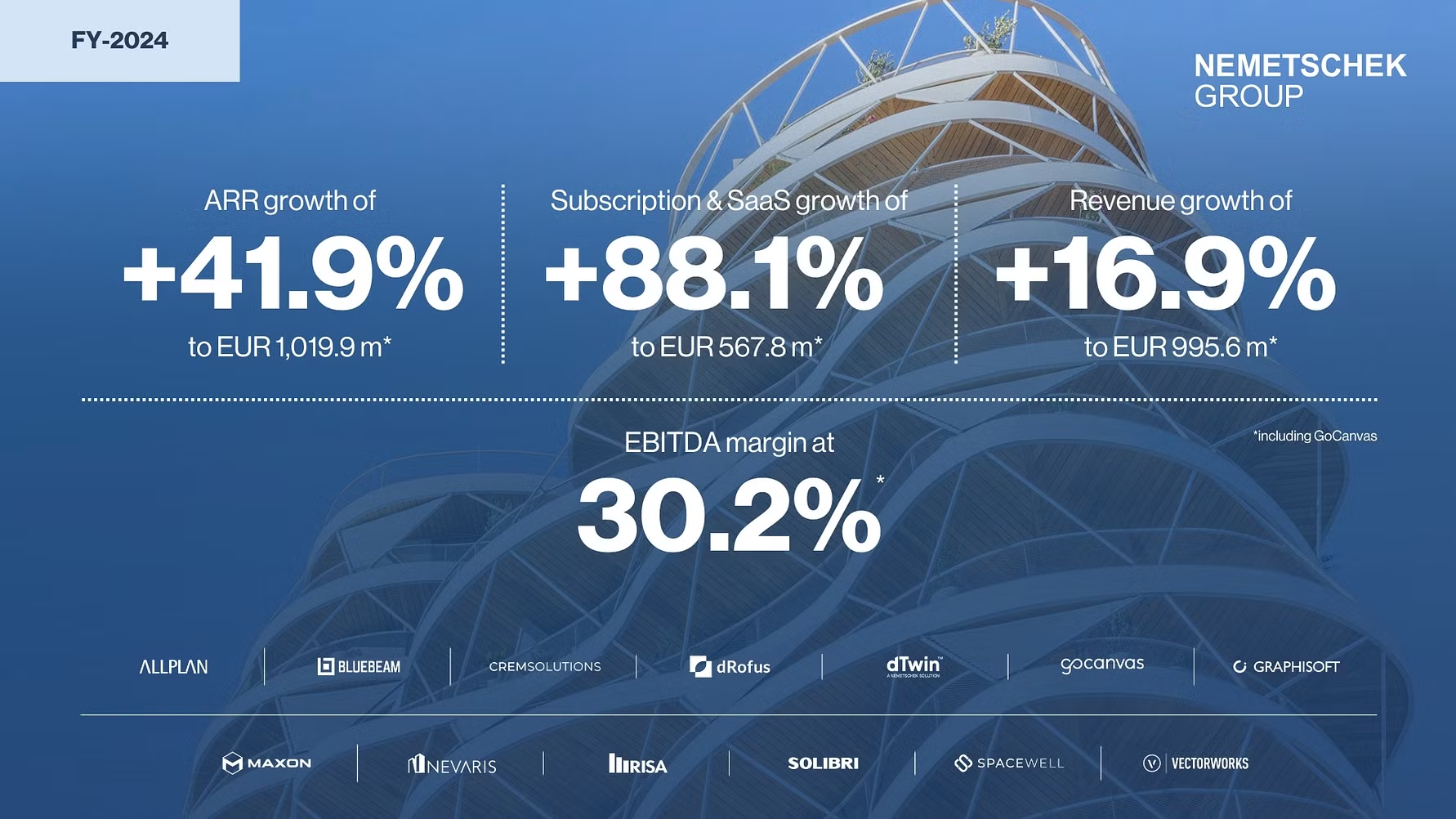Louise Foody, managing director of Covolve and former director of digital at Kingspan, details the potential and challenges of digital innovation in the construction industry
Following the feverish excitement which ensued after the launch of ChatGPT, we’ve seen widespread predictions about how artificial intelligence and generative AI will disrupt and transform major industries all over the world.
So, you’d be forgiven for thinking we’re experiencing a fundamental paradigm shift in the way we talk about digital innovation and the potential for new technology to unlock a new world of digital solutions.
Only 1.5% of construction industry turnover is spent on digital innovation
Though we’ve seen pockets of innovation in the construction sector, in particular through the development of new technologies such as Building Information Modelling (BIM) and the nascent world of AI-led design tools, the built environment has traditionally been slower to adopt new technology than other sectors.
A recent study by Foundamental, the global construction investor, found that only 1.5% of construction industry turnover is spent on innovation and technology, 55% less than the average spend in other sectors.
As a result, the industry has experienced a fragmentation of technologies and point solutions that has hindered innovation in construction.
The construction sector accounts for 10% of the world’s GDP and for 39% of global energy-related carbon emissions, so the size of the pie is vast.
It presents a huge opportunity to unlock the collective potential of people and technology in the construction sector, with the end goal of creating better, more energy-efficient places to live and work around the world.

Benefits of investment in digital construction
Taking a step back, it’s worth thinking about the overarching benefits for the construction sector of further investment in, and support for, digital in the industry. These are two-fold:
1. 3D building design makes it easier to build buildings
Firstly, the proliferation of three-dimensional building design and information as an alternative to the historic 2D designs we’ve become accustomed to, of which BIM is an example, offers architects and designers a sophisticated yet accessible means of assessing a product or project’s capabilities, certifications, behaviours, costs, and much more.
This is part of a more general industry shift from two-dimensional to three-dimensional designs, which is a cornerstone of digital adoption in the industry.
Other technologies of this kind, such as 3D Viewer tools, transform the way users engage with and explore product details, with the cutting-edge technology allowing for a dynamic and immersive experience of a building.
Ultimately, these tools and solutions – as they increasingly become a part of our toolkit – make it easier and faster to design and build buildings.
By integrating every detail known about a building element into its digital profile, those on the product roadmap have access to information about specification, installation, handover and lifecycle – all just a couple of clicks away.
What were previously two-dimensional drawings have now evolved into three-dimensional models, with a range of other dimensions added to the mix – from sustainability impact and cost analysis to safety and life cycle planning.
Digital construction technologies such as these are an important step in preparing for the future, when stipulations like product traceability will start to become part of how we work as construction professionals.
2. Technology can build energy-efficient buildings
Secondly, digital innovation can help developers project and build more energy efficient buildings.
Practically, the construction technologies out there already are widespread and offer ample solutions to the issues affecting the industry today.
From product carbon calculators that verify the carbon footprint of each building material to ‘Digital Twins’ that provide a real-time representation of all the materials and components of a building structure, the ConTech solutions on offer already have the potential to provide construction managers with a clear view of the building materials used and when aspects of the building will need replacing or servicing.
As a result, construction managers can accurately assess the lifecycle of each building component, enabling the circular use of materials and, in turn, tackling the greenhouse gas emissions produced by using single-use products.
In essence, the availability of accurate, reliable data on building components and performance has revolutionised sustainable building design and maintenance.
By scaling it and innovating further, we can move one step closer to developing a more circular and sustainable built environment.
Having seen first-hand the impact of bold, ambitious and tangible sustainability commitments, it has become abundantly clear that to reduce the end-to-end greenhouse gas emissions of building components and to support decarbonisation efforts, those with the capital and capacity in the sector must also prioritise and encourage investment in digital innovation.
Fragmentation is delaying digital innovation in the construction industry
However, there are stilling obstacles to fully embracing and realising digitalisation the crux of which can be summed up in one term: fragmentation.
The vast majority – 99.9% in fact – of construction firms with less than 50 employees still produce 80% of the value of the sector. This has limited scale, slowed decision-making, and largely sealed off any meaningful technology adoption due to cost pressures and the scale of investment required.
Costs have effectively doubled since 2000, while productivity has dropped 27% during the same period. This trend has impacted consumers heavily, with 62% of all consumer inflation over the 23-year period accounted for by the construction industry.
Given the complexities inherent in construction supply chains, those companies that derive their roots in the construction sector and have a heritage of adaption, are perfectly placed to help solve construction challenges and facilitate transformation.
We’re at an important but exciting juncture for the construction industry, and industry players have an opportunity to work together to solve tangible industry challenges.
Whether it’s traceability, decarbonisation, productivity, training, or labour, digital innovation will be critical to enabling our industry to innovate.














